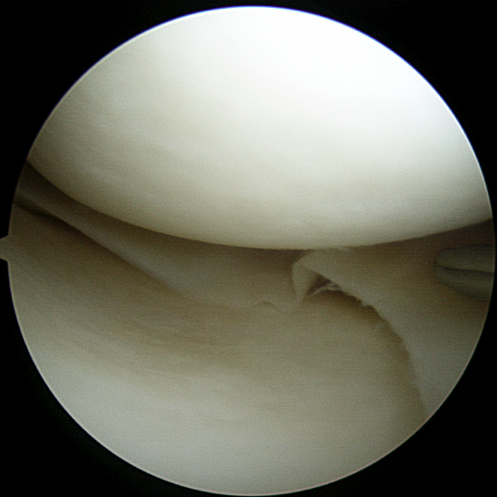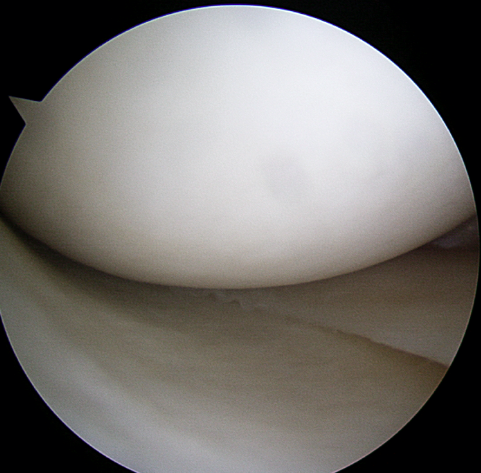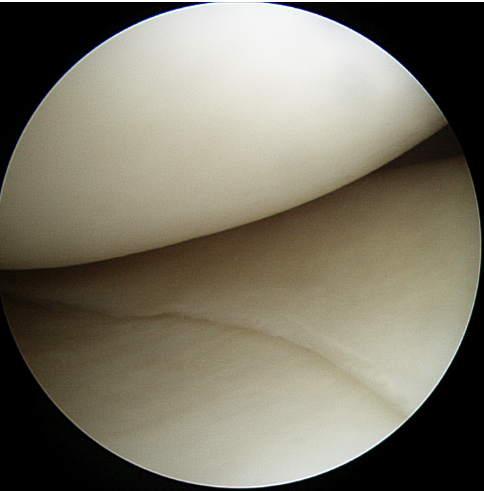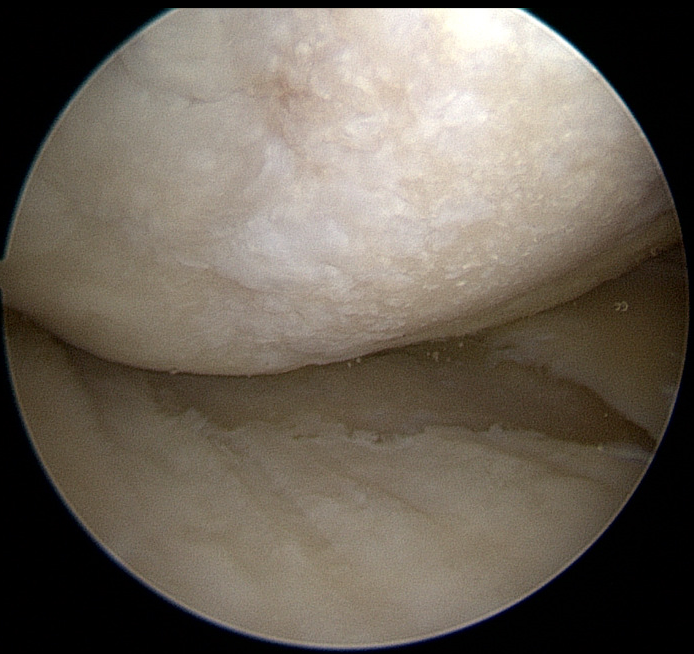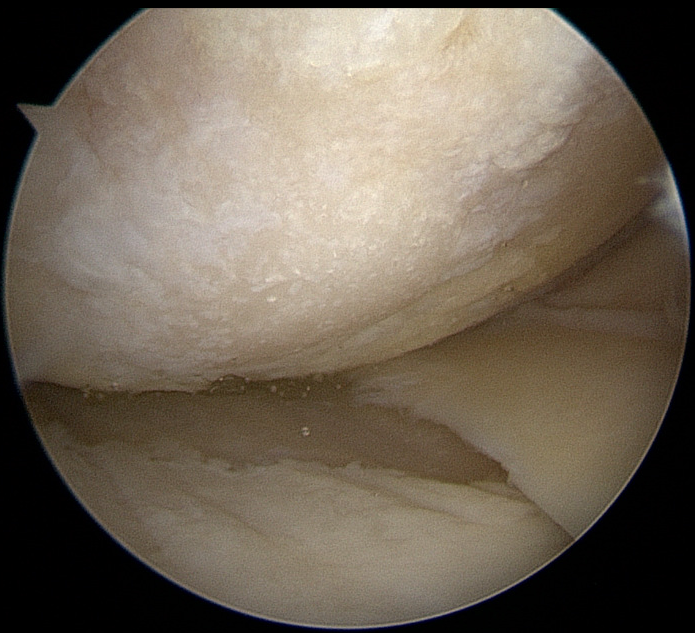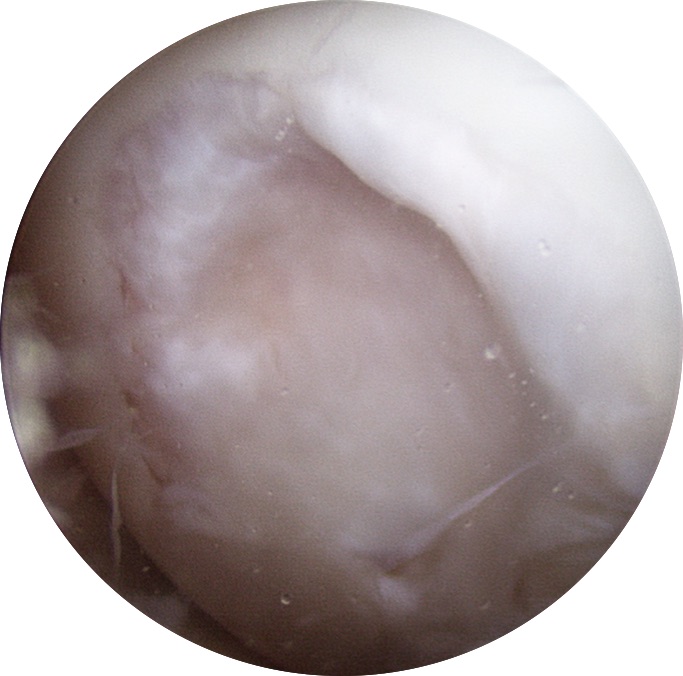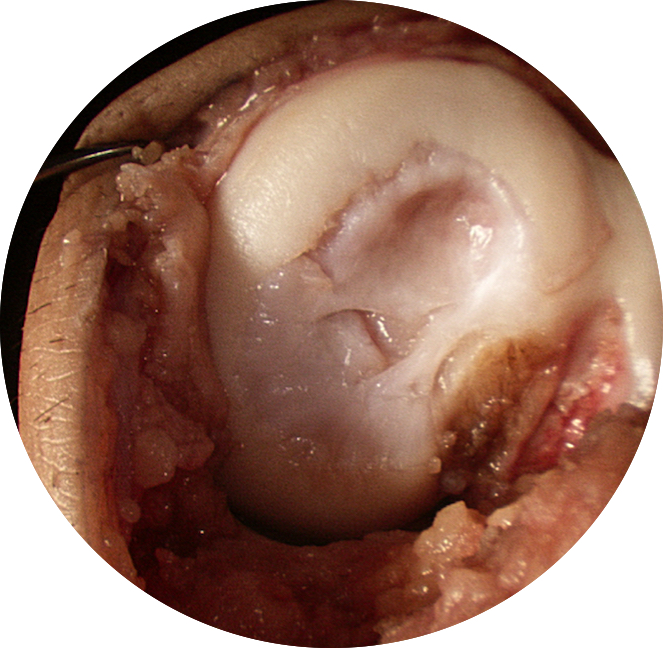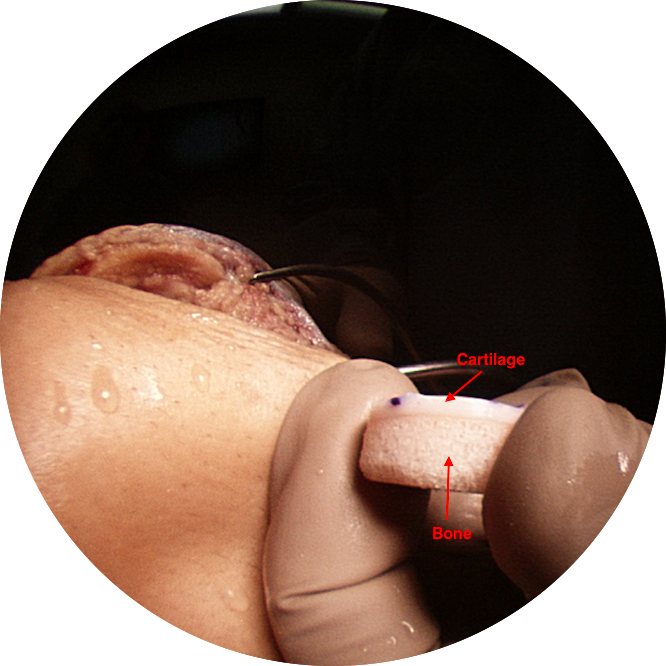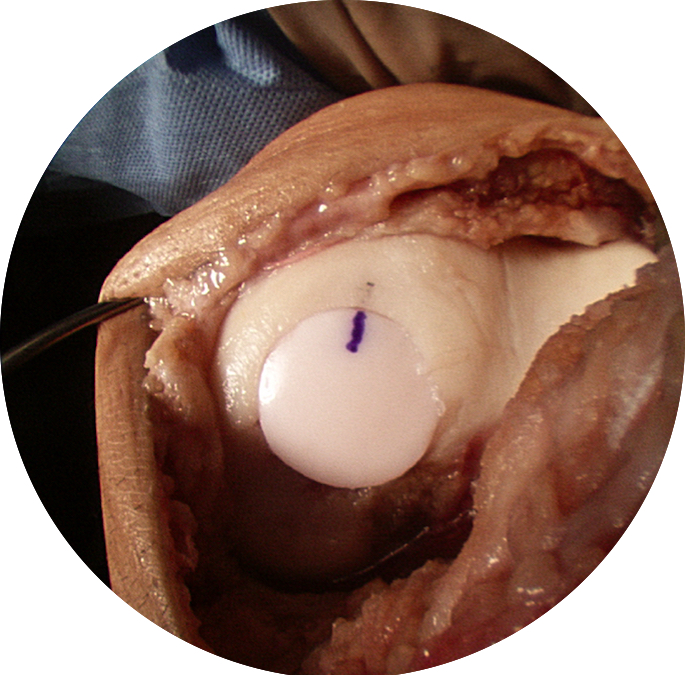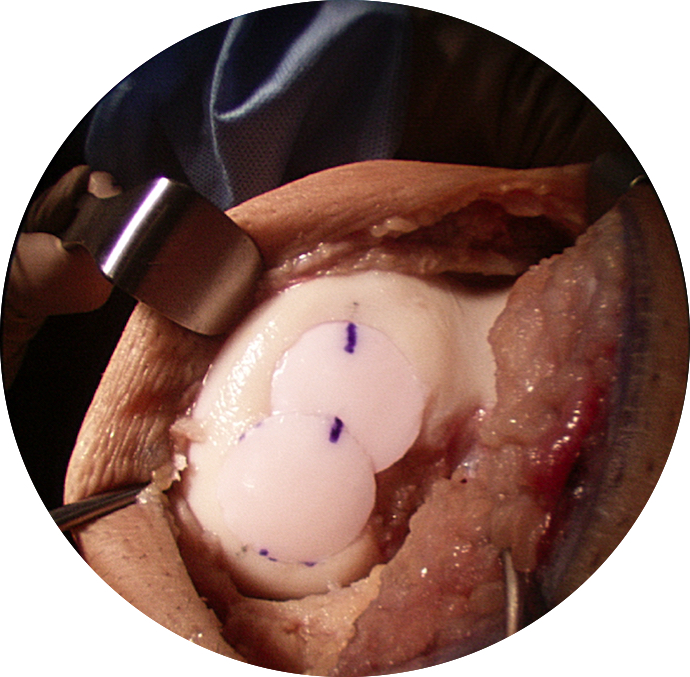Osteoarthritis = Cartilage Damage
/Osteoarthritis (arthritis) is the global degradation, damage or wear of articular cartilage. Articular cartilage is a smooth white tissue that covers the ends of the bones at joints. This load-bearing surface allows joints to move without friction. Unfortunately, articular cartilage has a limited capacity to heal or repair once damaged. Injury, aging, genetics or excessive loads (high repetition impact activity, obesity, etc.) can lead to cartilage degeneration. As the cartilage wears, it becomes frayed, cracked, rough and thin, thereby decreasing the protective layer of cartilage between the bones. The preservation and health of articular cartilage are paramount to joint health and the prevention of arthritis.

